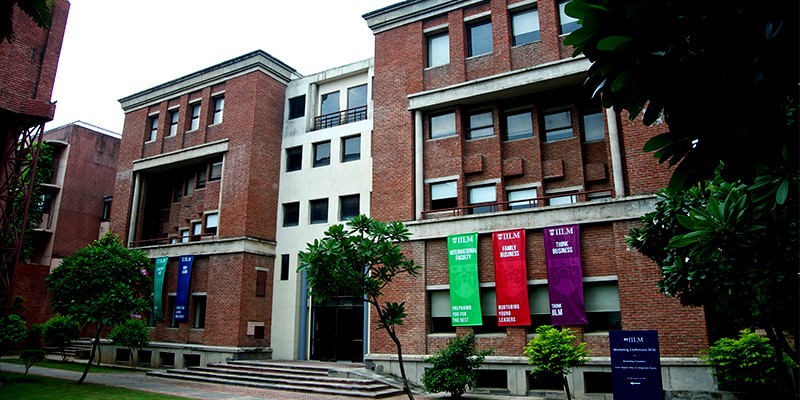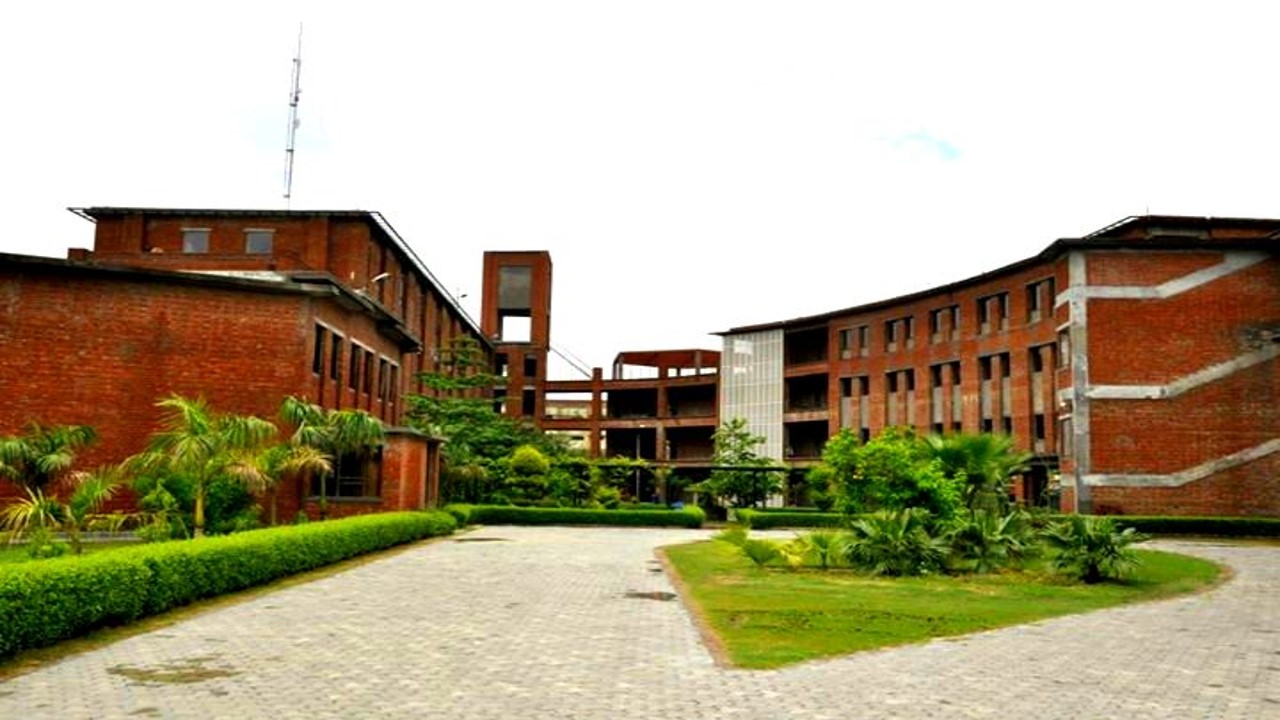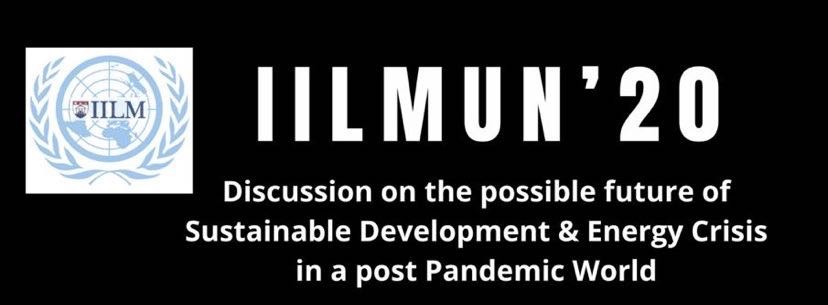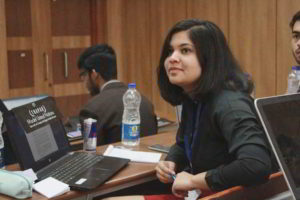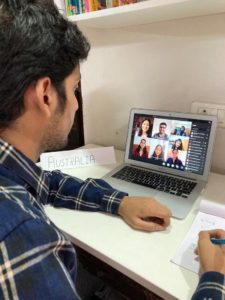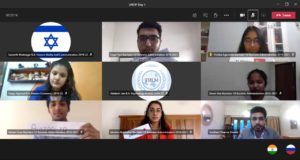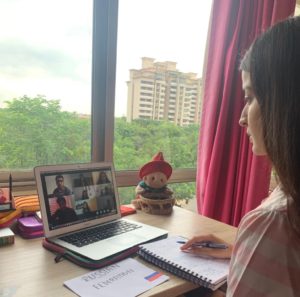“Education is what remains after one has forgotten what one has learnt in school” -Einstein
Introduction
The Indian education system is largely based on rote learning. Students focus more on memorizing the facts rather than understanding. This creates a bridge between education and knowledge. UGC even during the pandemic amidst the lockdown announced exams stating that exams are linked directly to academic credibility, career opportunities and future progress.
The question remains why are exams so important that even during the course of a pandemic which is causing a physical and a mental toll on people; UGC considers exams as an essential? Exams are built to test the rote learning capacity of a student rather than their actual conceptual understanding. In the real world, understanding the practical application is what comes in handy rather than mugged-up concepts.
Are marks so crucial for our future?
Marks still continue to be the most important factor in deciding the future of children. College cut offs, choice of streams, career choices, etc are all dependent on the marks a student score. 90% plus students choose the science stream, an 80% plus gets math, etc. The streams aren’t governed by choice but rather by 10th marks.
A 3-hour paper evaluates the individual’s potential, future and career choices. Evaluations should be based on real life skills as well as practical skills such as leadership, extra curricular, etc but rather they are based on a person’s ability to memorize provided content.
Subjects are also given different priorities for example: science students are given a priority over students with commerce or arts. Languages, communication, arts etc in the subject hierarchy are not considered as important as sciences.
Maths and science marks always determine a student’s overall capability. Students good in social sciences but lacking in math and science often find themselves condemned for their science and math marks despite their capabilities in other fields.
Similarly, students good at extracurricular such as sports, drama or dance but not above average in marks often face academic judgement.
Practical Knowledge over Rote Learning
A student’s potential to excel in subjects, academics and extracurricular often depends on their aptitude which is largely genetic. For example: a student with logical mathematical aptitude would excel in math, a student with linguistic aptitude would excel in languages and one with bodily kinaesthetic aptitude would excel in sports or dance. Education needs to be personalized according to the student’s aptitude. Similarly, our education system needs to focus on practical learning rather than rote memorization of textbook content. Students need to be taught practical applications of the knowledge provided in their books.
Media overemphasizes on excellence
Oftentimes news reporters are seen interviewing board toppers where they ask them the most basic general knowledge questions and the toppers are unable to answer the same. Similarly, reporters also interview school teachers who are unable to answer the basic general knowledge questions.
This showcases a large loophole of our education system where students are aware of what’s written in the book due to their memorization capacity but they are unaware of basic general knowledge required in real world settings.
An 18-year-old student coming out of school is incapable to engage in basic banking, healthcare, investment, etc. Students are unaware of basic necessities such as how to wire money, how to write checks, how to file FIRs, how to file a PIL, how to write actual formal letters and emails, create CVS and resumes, how to check taxes, etc which makes them incapable of dealing with real life tasks which are rather important.
Different learning styles
Every human being has varying learning styles- visual, oral, verbal, physical, logical, social and solitary i.e. everyone has different ways of acquiring information. Our education system doesn’t take into consideration the difference in learning styles.
Education system needs to be moulded according to the learning needs of each and every individual. This would increase the effectiveness of the learning provided to each and every student. Rather than focusing on group learning where every student is supposed to acquire the information in the same way, education should focus on the strengths and weaknesses of every individual.
Similarly, the assessment types are again generalized rather than subjective for example: personality types- students who are introverted often find it uncomfortable to participate in group projects or present yet every student regardless of their individual differences are boxed up into the same type of learning as well as the same types of assessment. Every learner, every individual, etc is unique and that is something which education system needs to seriously consider.
Education is a journey to development
Education is an important part of an individuals’ growth and development. To create human resources, which would actually contribute to the resource pool of the economy we need to reconsider our methods of teaching. Adding technology to the equation doesn’t resolve the outdatedness of our education system. It is important that as we evolve our education system also evolves. It is important that education considers neuroscience, cognitive psychology and education psychology and creates a framework which is effective.
Conclusion
Education should focus on growth but shouldn’t create pressure. We need to consider where we are going wrong. Change is the only constant and our education system needs some serious change. What are your views on the Indian Education System and how do you think National Education Policy 2020 would help in bridging the gap between education and employability?
Everyone is a genius. But if you judge a fish by its ability to climb a tree, it will live its whole life believing that it is stupid. – Einstein
https://blog.iilm.edu/kya-result-aaya-boards-2020/

